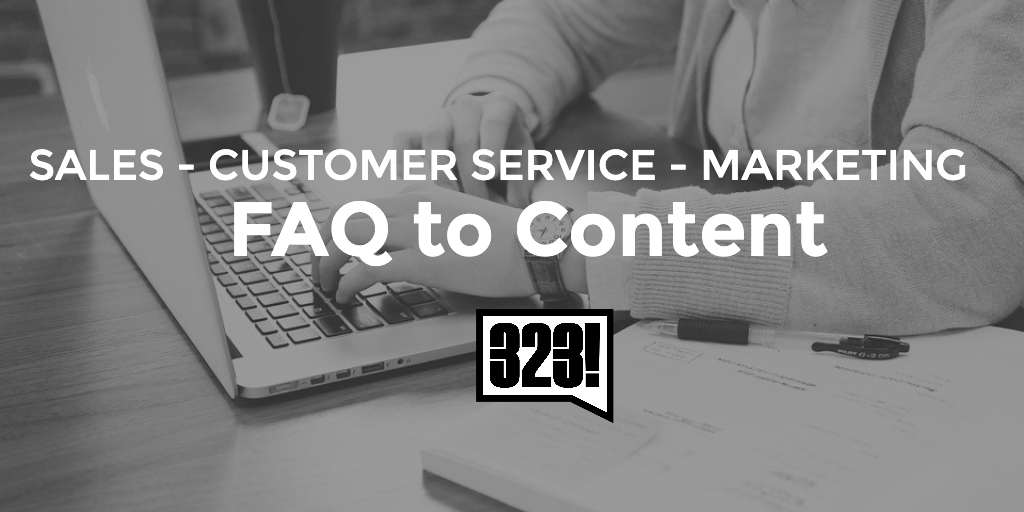This is the start of my writing project – to really take writing seriously. I’ve been blogging a lot over the years and that was a huge step forward from being the student who barely got through high school English. From my memory, storytelling, formatting and creative writing didn’t academically stack up. I was outmatched by those who had a better understanding of written language. I knew I could outspeak them and thrive in a presentation getting my points across, and maybe that was the point. I thrived off-paper in a world where the recipient of my message has to make a decision about my message.
Early in life, I found my method of communicating was suited for sales; explanatory, with features that benefit the user experience.
I recently had a colleague point out one of my blogs was way before its time and that was a good reminder that my writing was a function of something else. Blogging was awesome, and that blog, in particular, was a weekly recap of our basketball league. It was a value add to the league (along with a photographer) and much easier than producing an episode of Sportscenter. We were trying to offer a user experience that was closer to being a pro. Getting some recognition for your performance by tracking stats, posting photos on Facebook that were watermarked so we could continue to grow, and having uniforms made for teams instead of just matching colors. It seems more standard now, but that was leaps ahead in 2007.
The function of writing for me had a purpose that evolved into content marketing. It became a shortcut for sales and marketing by being forward with information that streamlined processes for sales, customer service, and marketing departments. Content marketing is about efficiency, not just educating customers and conversions.

Using content marketing can streamline your sales process by answering the questions your prospects are already thinking about.
Streamlining Sales with Content Marketing
Sales is a constant for most organizations, and typically the prospects and customers are closely related or similar. It takes a large company, or a product with mass appeal, to have a broad target market. Since there are many related traits for potential customers, the same questions arise. This is what we see so commonly with FAQs on websites. The shortfall of the FAQ is being reactionary. Having to dig it up slows down the sales process and is rarely effective (except for product pages).
By activating your FAQs you can quickly develop a blogging schedule that will put this information in front of customers and draw them to your site. I understand this is very basic, but the idea is to take the frequently asked question and the repetitive answer that your salespeople are giving and transfer it into a blog post. That blog post can spin a sometimes negative question into a reason to talk about features and benefits.
These carefully crafted blog posts make for a better experience with prospects as they can quickly be added as a link in an email. Instead of answering to the best of your ability in the moment, the response to these questions will be personalized in the body of the email followed by a link to a full response that promotes the sale. Try it.

Customer Service receives a lot of the same questions, and usually, customers are looking for the answers before picking up the phone or sending an email.
Making Customer Services more Efficient with Content Marketing
Using the same FAQ-to-Content method, you can reduce the inbound emails and calls while keeping customers happy. The questions that your customer service department fields on a daily basis probably follow the 80/20 rule. 80% of the calls ask the same 20% of questions. Take these most common questions and turn them into blogs as well.
Customers are more likely to start searching on your site before they inquire by phone, message or email. It’s all about quickly providing information. Having step-by-step guides for maintenance or setting expectations by doing an unboxing can reduce the toll on your customer service team.
The secondary benefit is some of your prospects will be looking for this information about post-sale service but will never ask your sales team. It can fuel sales by giving customers more confidence before they buy.

Too often, information can be stuck in silos. When it comes to FAQs and data, marketing departments can gain a huge advantage by knowing what’s happening in different parts of the organization.
Your Marketing Department Will Benefit from Having More Content
Content marketing is driven by the marketing department, but the examples above are ways to source more content. By utilizing your internal data (sounds fancy, but it’s really just seeing what’s in your sent items) there is a connection to keyword research and competitor analysis.
I’ve found the missing gap for marketing communication can often be internal relevance. The relevance score is usually correct for SEO, but the internal relevance is off. We should never sacrifice user experience, so I like to check the following questions before publishing:
- How will this benefit your team in their job function?
- How will your customers benefit from your content?
- What is the purpose and expected outcome?
- Is this evergreen? What is the realistic life of the content?
- How does this content contribute to your quarterly and annual goals?
Be the favourite department in your organization by blending the objectives of your team and your customers with your content.

Does it work? How does FAQ impact your business process?
Here’s How the FAQ-to-Content Method Works
I started this piece by sharing my lack of storytelling experience and that I would rather write by utilizing tips and data. Here’s my shot at telling a story to show the impact that I’ve seen.
Case Study: An Accountant at Tax time.
Working with an account who was considering temporary help during tax season, a six-week sprint that made up over 85% of her revenue each year. Getting that temporary person was challenging, as many accountants were doing the same. Working with her six months before tax season and going through this, we realized she had a strong 20–25 FAQ each year. Much of it was evergreen (answering the same questions each year) with minor changes for tax code or individual situations. By taking those FAQs and turning them into blog posts, she estimates that she spent 50–75% less time on email, and she gained the most new customers this year (most of whom said they read a blog and wanted to work with her).
Benefit: Less time responding to the same questions and content brought in new business.
I really encourage you to dive into your email and pull out the content that can help optimize your process in sales, customer service, and marketing. To keep you accountable, I’ve created a Content Builder checklist that’s completely free. Let’s get your content schedule created with the treasure that’s already sitting in your sent items. Click here to get started.
My name is Chris Milton — a marketing nerd who’s always in beta. I use technology and customer insights to improve sales funnels. My goal is to improve customer experience through sales & marketing that makes sense for everyone involved.
- The Logical Rise of Affiliate Programs – It’s a Referral! - December 29
- How Companies Pivoted In 2020 - December 22
- Helping You Achieve Your Business Goals - December 18

